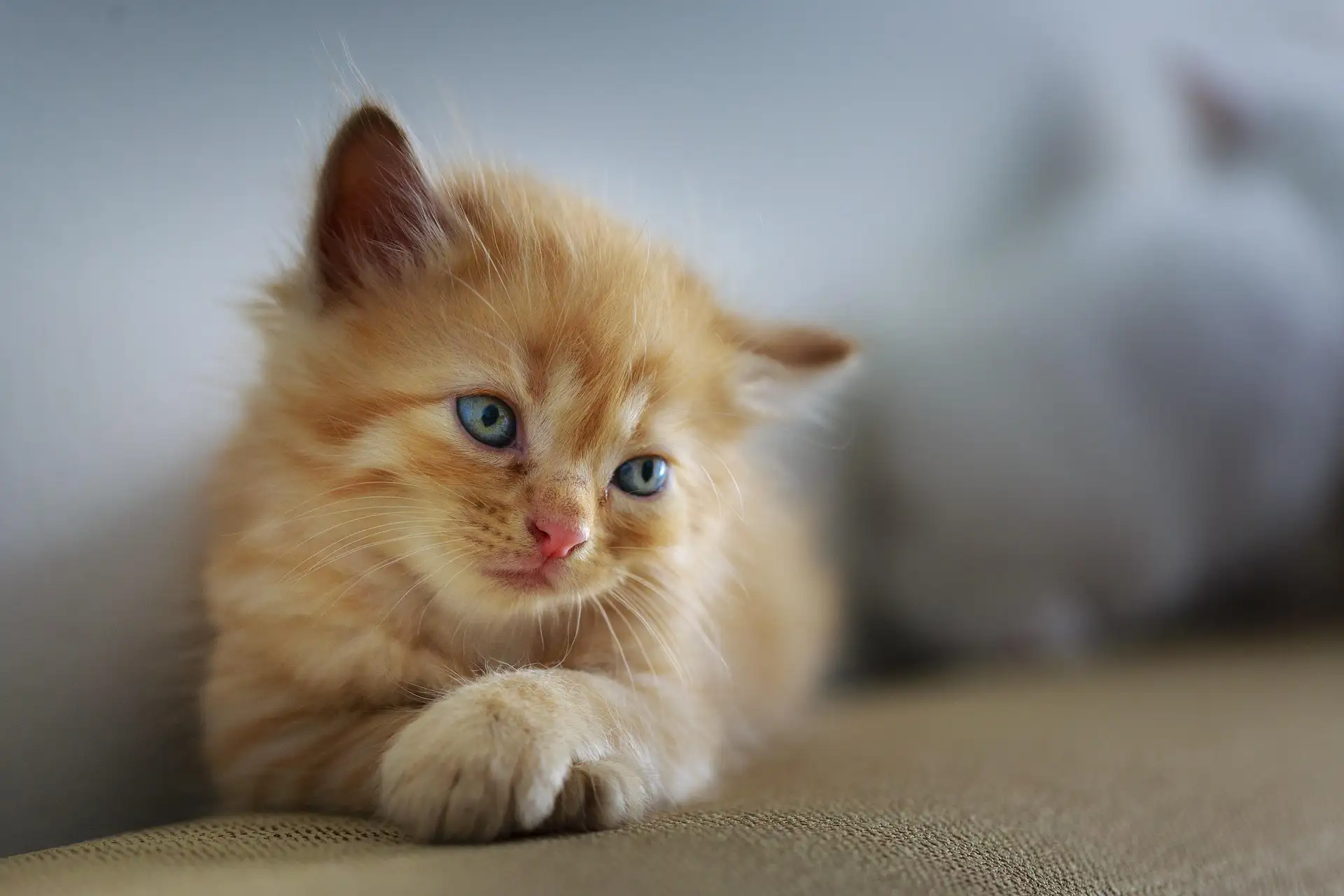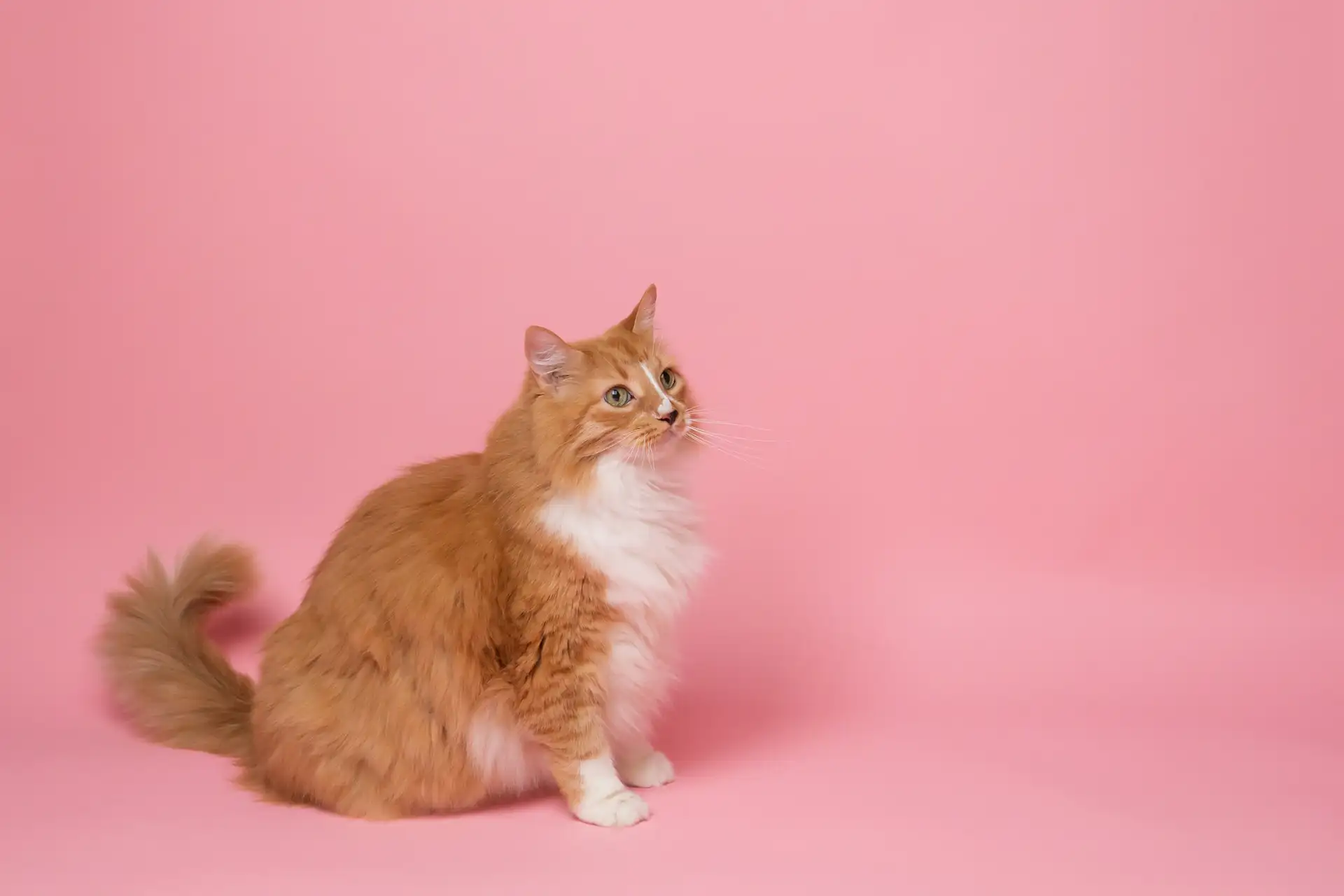-
- Unpleasant odors throughout your living space
- Health concerns from exposure to waste
- Damage to furniture, carpets, and belongings
- Strained relationships between pets and family members
- Increased cleaning time and expenses
In this article from a Bowmanville, ON vet, we will explore the various factors that may contribute to these problematic behaviors, including medical issues and environmental influences such as harmful plants. We will also provide practical solutions for addressing current problems and preventive measures for maintaining a healthy litter box routine. With this knowledge, you can create an environment where your cat feels secure and comfortable using their litter box as intended.
Understanding the Causes of Litter Box Problems
To effectively address litter box issues, it’s crucial to understand their underlying causes. This process involves a systematic approach, beginning with the most important factor: your cat’s health. Medical conditions often manifest as changes in elimination behavior, making the litter box an essential tool for monitoring your cat’s well-being.1. Medical Conditions Affecting Elimination Behavior
Several health problems can trigger litter box issues in cats: Urinary Tract Inflammation (UTI)- Frequent attempts to urinate
- Small amounts of urine
- Blood in urine
- Urinating outside the box due to pain association
- Increased urination frequency
- Excessive thirst
- Inability to reach the box in time
- Accidents near water sources
- Increased urination volume
- Dehydration symptoms
- Changes in drinking habits
- Frequent box visits
- Diarrhea or constipation
- Sudden urgency to eliminate
- Discomfort during elimination
- Avoiding the box due to pain
- Perform physical examinations
- Run blood and urine tests
- Check for underlying infections
- Assess organ function
- Create appropriate treatment plans
- Changes in urination frequency
- Alterations in urine volume
- Visible discomfort while using the box
- Blood in urine or stool
- Crying or vocalization during elimination
2. Behavioral Factors Influencing Litter Box Usage
Cats develop specific preferences and dislikes that shape their litter box behavior. These behavioral patterns can show up in several ways:Surface Preferences:
- Cats might favor soft surfaces like carpets or bedding
- Some cats prefer cold, smooth surfaces like tile or bathtubs
- Past experiences can create lasting texture preferences
Box-Related Aversions:
- Negative associations with covered boxes due to trapped odors
- Dislike of liners that catch their claws
- Resistance to boxes with high sides (especially in older cats)
- Fear of automatic self-cleaning mechanisms
Location-Based Behaviors:
- Avoiding boxes placed in high-traffic areas
- Reluctance to use boxes near loud appliances
- Preference for locations with clear escape routes
Effective Behavioral Solutions:
To address these issues, it’s essential to implement some effective behavioral solutions. You might consider placing multiple litter box options with different textures, creating positive associations through treats and praise, experimenting with various box styles and depths, positioning boxes in quiet, accessible locations, removing covers and liners if causing stress, or using low-sided boxes for easier access. For more detailed advice, you can refer to this comprehensive guide on solving litter box problems or seek professional help.Environmental Modifications:
Additionally, certain environmental modifications can also improve your cat’s litter box experience. Consider installing night lights near litter boxes for better visibility, keeping food and water bowls separate from box areas to avoid confusion, providing privacy screens or partial barriers for comfort, maintaining consistent box locations to prevent stress, or adding cat-friendly spaces near litter areas. Understanding these behavioral factors helps create a litter box environment that aligns with your cat’s natural preferences and instincts. It’s also important to note that spaying or neutering your pet can have medical and behavioral benefits which may indirectly influence their litter box usage by reducing certain behavioral issues.3. Environmental Triggers That Can Disrupt Litter Box Harmony
Your cat’s environment plays a crucial role in their litter box habits. Changes in their surroundings can trigger stress-related elimination issues that disrupt their normal bathroom routine.Multi-cat Household Challenges:
- Territory disputes between cats can lead to litter box guarding
- Dominant cats may prevent others from accessing certain boxes
- Submissive cats might seek alternative elimination spots to avoid confrontation
Common Environmental Stressors:
- Moving to a new home
- Home renovations
- New pets or family members
- Changes in daily routines
- Loud noises or construction
- Unfamiliar visitors
Creating a Stress-Free Environment:
- Place litter boxes in multiple locations to prevent territorial blocking
- Set up boxes away from noisy appliances and high-traffic areas
- Install cat trees and elevated spaces for escape routes
- Use privacy screens between litter boxes in shared spaces
- Maintain consistent feeding and play schedules
- Add Feliway diffusers in areas where cats show signs of stress
Space Management Tips:
- Create separate “territories” for each cat with their own resources
- Position litter boxes at least 3 feet apart
- Ensure each box has multiple entry and exit points
- Keep food and water stations away from litter areas
- Designate quiet zones where cats can retreat when stressed
Common Litter Box Maintenance and Setup Issues To Avoid
Proper litter box maintenance plays a crucial role in your cat’s willingness to use their designated bathroom space. Here are the key setup issues that can lead to litter box aversion:- Insufficient Number of Boxes: The golden rule is one box per cat plus an extra. A single-cat household needs two boxes, while three cats require four boxes.
- Poor Box Placement: Boxes tucked away in dark corners, basements, or next to noisy appliances create an unwelcoming environment for your cat.
- Inadequate Box Size: Small litter boxes restrict natural movement. Your cat needs 1.5 times their length for comfortable elimination.
- Infrequent Cleaning: Dirty litter boxes repel cats. Waste should be scooped daily, and litter should be completely replaced weekly.
- Wrong Litter Type: Scented litters, pellets, or crystals might not match your cat’s texture preferences. Most cats prefer fine-grained, unscented clumping litter.
- Covered Boxes: While these contain odors for humans, they trap smells inside and can make cats feel trapped during elimination.
- Litter Depth Issues: Too little litter prevents proper burial, while too much (over 4 inches) can feel unstable for your cat.
Effective Solutions For Resolving Existing Litter Box Problems
Seeking Professional Help: The Role Of Veterinarians In Litter Box Problem Resolution
A veterinary consultation serves as your first line of defense when addressing persistent litter box issues. A professional medical evaluation can uncover underlying health conditions that might not be visible to the untrained eye. What Your Vet Can Do:- Perform physical examinations to check for pain or mobility issues
- Run blood tests to identify metabolic disorders
- Analyze urine samples for infections or crystals
- Conduct behavioral assessments
- Recommend specialized treatments or medications
- Changes in your cat’s elimination habits
- The duration of the problem
- Any recent environmental changes, including potential exposure to harmful plants.
- Your cat’s diet and water intake
- Current litter box setup and maintenance routine
- Create customized behavior modification plans
- Identify subtle environmental stressors
- Suggest specific products or tools for your situation
- Guide you through the implementation of solutions
2. Cleaning Strategies To Promote A Clean And Inviting Litter Box Environment For Your Cat
A clean litter box encourages cats to use it properly. Here’s a detailed cleaning routine to keep your cat’s bathroom space fresh and welcoming:Daily Cleaning Tasks:
- Scoop solid waste and clumps at least twice daily
- Remove scattered litter around the box
- Check for unusual odors or wet spots
- Wipe box edges with unscented pet-safe wipes
Weekly Deep Clean Protocol:
- Empty the entire box
- Wash with mild, unscented soap
- Dry thoroughly before refilling
- Replace with fresh litter (2-3 inches depth)
Choosing the Right Litter:
- Unscented clumping litter – Most cats prefer fine-grain texture
- Natural options – Pine, paper, or walnut-based for sensitive cats
- Low-dust varieties – Reduces respiratory irritation
- Quick-clumping formulas – Easier to maintain box cleanliness
Essential Supplies:
- Dedicated litter scoop
- Waste disposal bags
- Pet-safe cleaning products
- Extra litter for regular top-offs
3. Behavioral Interventions: Helping Your Cat Overcome Their Fear Or Discomfort With The Litter Box
Creating a stress-free environment helps your cat feel secure and confident when using the litter box. Here are proven strategies to reduce anxiety and encourage proper litter box usage:Strategic Placement of Safe Spaces
- Position cozy hiding spots near the litter box area
- Install cat trees or perches that offer elevated viewing points
- Create multiple escape routes around the litter box location
Calming Environmental Modifications
- Install pheromone diffusers in areas surrounding the litter box
- Play soft background music or white noise to mask startling sounds
- Maintain consistent room temperature and lighting conditions
Positive Association Techniques
- Place treats or favorite toys near (not inside) the litter box
- Offer praise and rewards when your cat uses the box correctly
- Never scold or punish your cat for accidents
Multi-Cat Household Solutions
- Set up separate litter box stations in different areas
- Create vertical spaces to reduce territorial tensions
- Establish feeding stations away from litter box zones
Consulting A Veterinarian: When To Seek Professional Help For Your Cat’s Litter Box Issues
A veterinary assessment becomes crucial when your cat displays specific signs of distress related to litter box usage. Recognizing these warning signals helps ensure timely medical intervention. Red Flags That Require Immediate Veterinary Care:- Blood in urine or stool
- Straining or crying while using the litter box
- Frequent attempts to urinate with little output
- Sudden changes in urination frequency
- Complete inability to urinate
- Visible discomfort in the abdomen area
- Excessive grooming of genital area
- Urinating outside the litter box accompanied by physical symptoms
Conclusion
Maintaining a healthy litter box environment requires dedication, observation, and prompt action. Your cat’s elimination habits serve as a direct indicator of their physical and emotional well-being. By staying attentive to changes in their behavior and addressing issues early, you can prevent many common litter box problems from escalating. Remember these key points for success:- Monitor your cat’s litter box habits daily
- Keep the box clean and accessible
- Address changes in behavior immediately
- Create a stress-free environment
- Maintain consistent routines
Take Action Now: Schedule a wellness check with your veterinarian to discuss any current concerns and create a preventive care plan for your cat’s long-term well-being.
FAQs (Frequently Asked Questions)
What are the common medical conditions that cause litter box problems in cats?
Common medical conditions that can lead to litter box issues in cats include urinary tract inflammation, kidney diseases, diabetes, and digestive problems. These health issues affect a cat’s elimination behavior and require veterinary diagnosis and treatment.How do behavioral factors influence a cat’s litter box usage?
Behavioral factors such as aversion to the litter box or preferences for specific elimination surfaces can contribute to litter box problems. Addressing these issues involves positive reinforcement and environmental modifications to encourage proper litter box use.What environmental triggers can disrupt a cat’s litter box habits?
Environmental triggers like conflicts in multi-cat households or stressful changes such as moving to a new home can cause litter box problems. Creating a peaceful and stress-free environment helps promote healthy elimination behavior in cats.What are common maintenance mistakes that lead to litter box aversion?
Infrequent cleaning and having an insufficient number of litter boxes are common maintenance issues that can cause cats to avoid using their litter boxes. Regular cleaning routines and providing enough boxes based on the number of cats are essential preventive measures.When should I consult a veterinarian about my cat’s litter box problems?
You should seek veterinary consultation if your cat exhibits signs like blood in urine or stool, persistent avoidance of the litter box, or other abnormal elimination behaviors. A veterinarian specializing in feline behavior can provide accurate diagnosis and effective treatment plans.What strategies can help resolve existing litter box problems in cats?
Effective solutions include establishing daily cleaning routines with hygienic cat litter, using behavioral interventions like stress reduction techniques (e.g., pheromone diffusers), and consulting veterinarians for professional guidance. These approaches promote a clean, inviting environment and help overcome fear or discomfort associated with the litter box.Contact our Oshawa, ON Animal Hospital
Have you been searching in the Oshawa, ON area for a great veterinary clinic near me? You’ve found us! Please do not hesitate to contact us anytime. And in the meantime, you can visit our Service page here for more insight about our clinic and the animals we treat.This blog is meant to be informational only. Always consult with your veterinarian for the right medical advice, diagnosis, or treatment plan for your pet and follow their advice.



